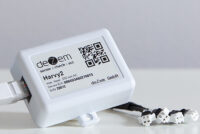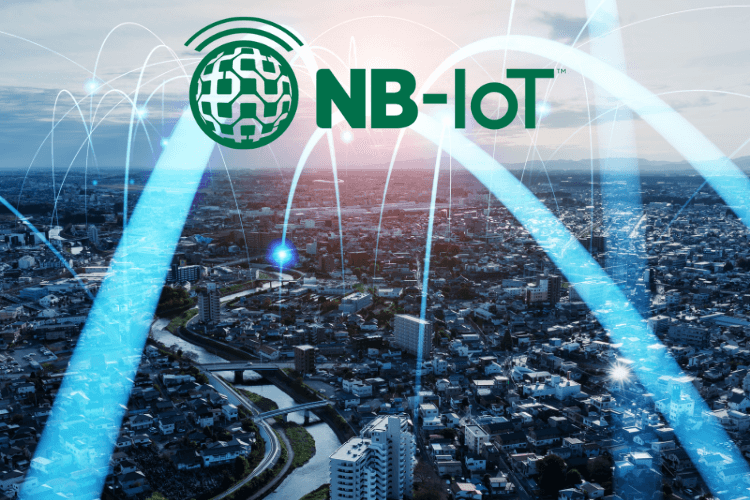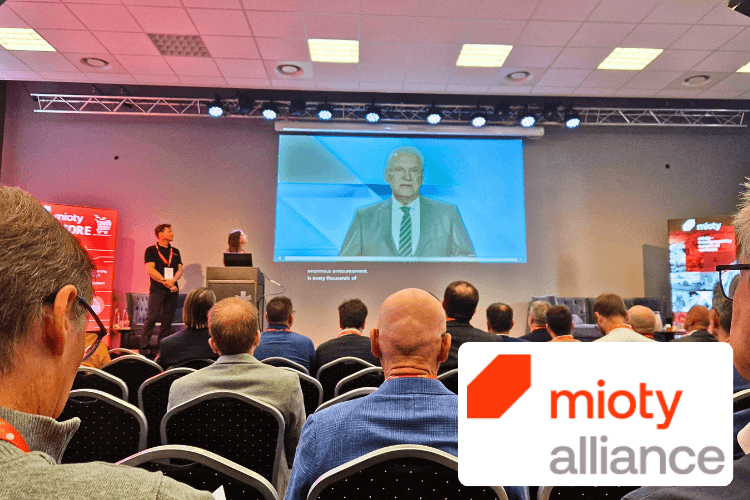LoRaWAN current sensor Harvy2: deZem launches new variant

Just over a year ago, deZem launched its self-powered, battery-free LoRaWAN current sensor HarvyLR onto the market. The single-phase IoT current sensor is used to detect alternating currents (effective current) in electrical main or sub-distribution boards and direct currents such as the 4-20 mA commonly used in industry. This allows machines and systems to be monitored wirelessly via LoRaWAN. The sensor also records events such as machine start-ups on a second-by-second basis. Now deZem has launched a new variant.
Harvy2 with four separate inputs and more measurement options
In addition to the proven LoRaWAN current sensor HarvyLR, there is now another variant. The most significant difference to the previous LoRaWAN current sensor is that the Harvy2 has four separate inputs. This means that the current of three phases can also be monitored, while the fourth input records one of the three AC voltages. From this, the sensor internally calculates the other two three-phase voltages and can therefore record all relevant three-phase measured values - active, reactive and apparent power including meter readings as well as power factors, mains voltage and mains frequency.
Of course, this model can also be used for machines and systems that output 4-20 mA analog signals. Due to the four inputs, even four analog signals can be acquired in parallel, provided they are in separate circuits.
The installation is done in a few simple steps - just connect it to a suitable folding current transformer and clamp it to an electrical supply wire. Since the sensor is self-powered and therefore does not require a battery, ongoing operation is completely maintenance-free.
Find out more in this specialist article
Suitable applications of the LoRaWAN current sensor
Energy management:
The Harvy2 can be used to monitor power consumption in buildings, factory buildings or plants to identify potential savings, optimize energy consumption and thus reduce energy costs.
Monitoring of machines/equipment (e.g. ventilation systems, pumps, etc.):
Monitoring the power consumption of machines and plants can help to detect anomalies and thus avoid machine failures before high maintenance costs are incurred. It is also possible to track the effect of optimization measures or the impact of parameter adjustments on equipment.
You are currently viewing a placeholder content from YouTube. To access the actual content, click the button below. Please note that doing so will share data with third-party providers.
More InformationEasy to install and versatile in use
Unlike conventional LoRaWAN sensors, it does not require a battery or external power supply. Once installed, it is self-sufficient and maintenance-free. This IoT sensor draws the energy required for operation from the magnetic field on the electrical conductor: it is sufficient for an average current of 1 A to flow through one of the monitored wires.
The principle behind it: Energy harvesting. A typical application of the Harvy2 is the detection of effective currents in electrical main or sub-distribution boards or directly on the systems. Simply connect (up to) four deZem hinged current transformers to the sensor and fold them around the desired current conductors - done!
An intelligent event filter is integrated into the current sensor, which, for example, maps the inrush currents of systems to the second. Alternatively, measured values can also be read out in a fixed time grid - even synchronously for any number of measuring points around the world. All parameters can also be configured and firmware updates installed via USB-C using an intuitive web interface. Decoders are provided by deZem for various IoT platforms.


